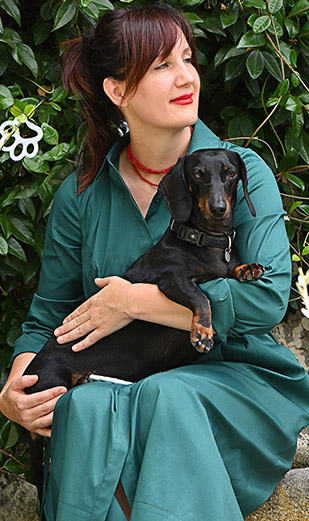Mediastinum: the term is unknow for most people for sure. A strange name that indicates a small but very important space, an anatomic part with a hourglass shape, located inside the torax among diaphgram, heart, lungs, sternum, verterbras and first rib.
Though it is a reduced space, it collects the organs of the digestive tract, like the esophagus; of the cardiovascular tract, like the big exiting and entering vases of the heart, of the lymphatic and nervous system like the big nerve vagus and glands like the tymus.
That is, a small space, but fundamental.
This complexity makes us understand how it is indispensable that all the organs that are throuhg it keep a “ good health” and how much any pathologies of theirs can be dangerous instead.
One of th emos serious, thouch rare enough statistically, is the thymoma.
The thymoma is a cancer that affects the thymus, as small glad of the lymphatic tract that has the delicate task to form the first immune cells that will be with for the whole life.
In the cats, already in the first 4/5 months of life, the thymus is reduces to a very small sizes. A neoplasia can make it dangerous for the near organs that can suffer compressions.
In the ultrasound tests, if not compromized by hyperplasia ( increase of its volume) the thymus is not visible but, in case of pathologies, it appears like a mass with a more or less big volume that occupies the mediastimum space partially or entirely.
The thymoma affects above all the ancient animals older than 10 years and with a makor incidence in males.
The cause of the pathology is not completely clear yet, but it conditions life expectations that cam change accordinf to the groth speed of the cancer, to the general conditions of the subject and to the staging of the cancer itself.
The sympthome of the hyperplasia generally appear when the dimensions of the glad become huge and arrive to compress a close ordan in a significant way.
Not being specific, the correct dyagnosis can be late and evidently only by submitting the patient to complex tests like TAC or mri.
Our cat can often vomit though it still has appetite or respiratory difficulties associated to tachycardia sometimes with neurologic events due to the compression on the vagus nerve or edema on the neck for venous stasi.
If the dyagnosis is fast and the conditions of the subject are not totally compromized it can be removed through operation even if it is always very risky.
Given the position and the proximity to such important anatomic structures, the operation will have to be made only veterinaries that are specialis in torax surgery and in structures that can grant the perfect performance of the operation and ensure a post-operating treatment.
For a correct dyagnosis it is indispensable to make always an aspiration test thorugh ultrasound, both for the differential dyagnosis with a lymphoma and for a possible appeal to surgery, and submit the patient to a TAC to understand the seriousness, verify the grade of invasiveness and issue a correct prognosis after such a complex operation.
The complexity of the localization requires a lot of tests, sometimes very expensive, but luckily these dangerous neoplasias are not so frequent.
Mediastinum and the risk of disease in the cats











